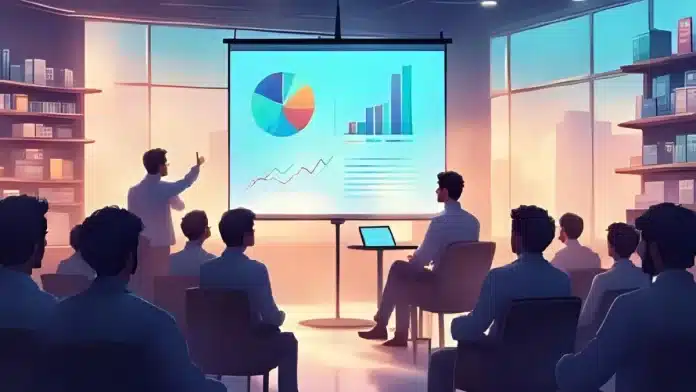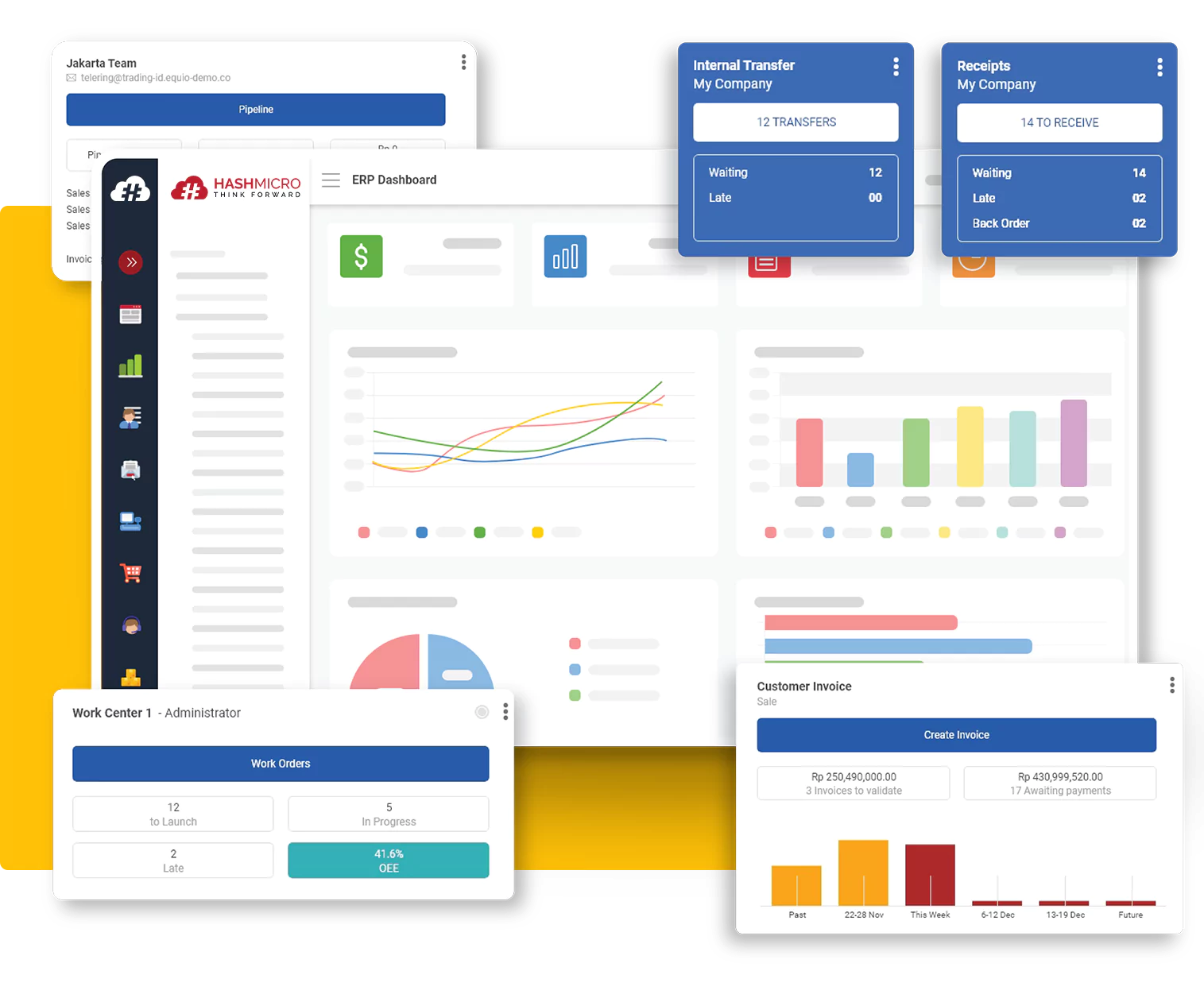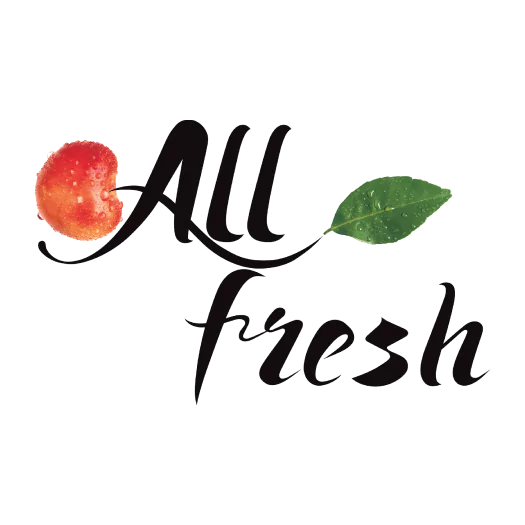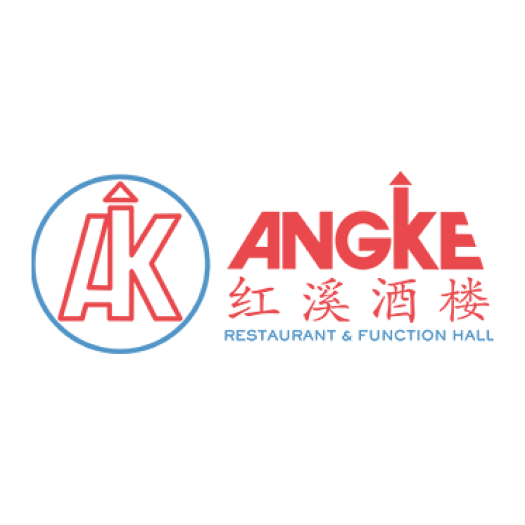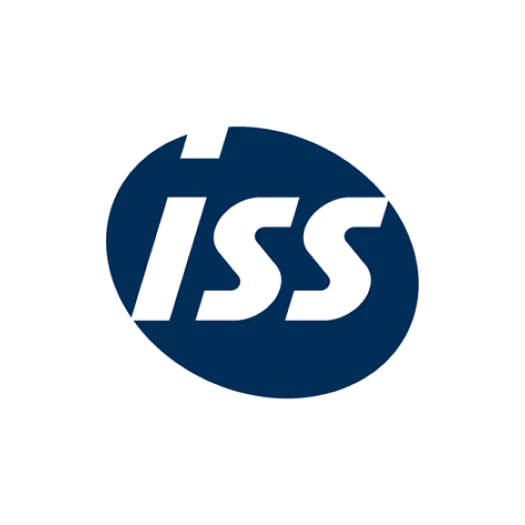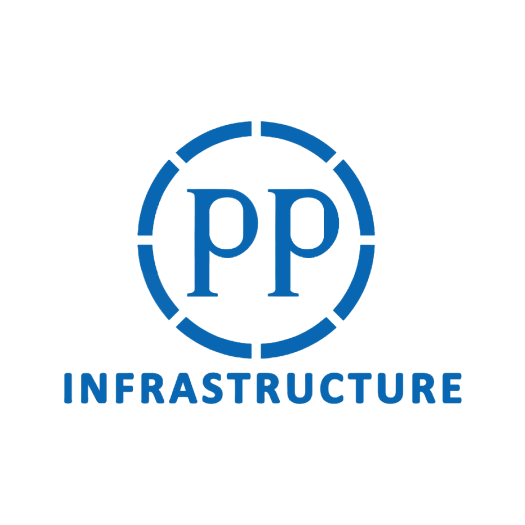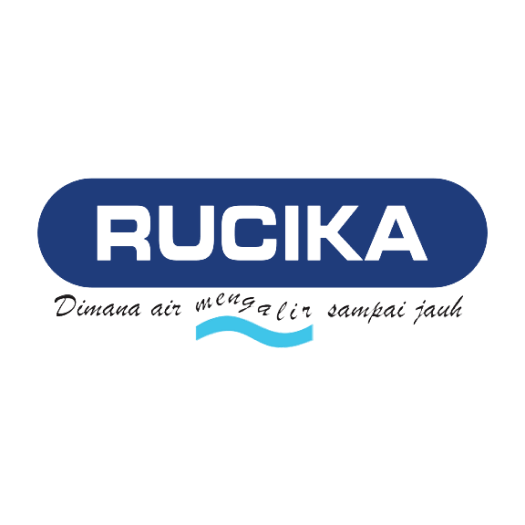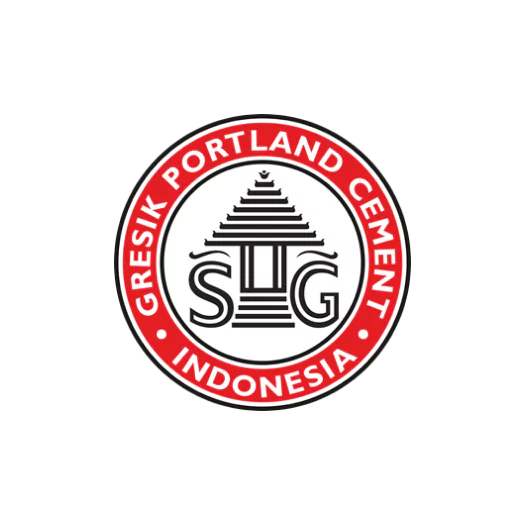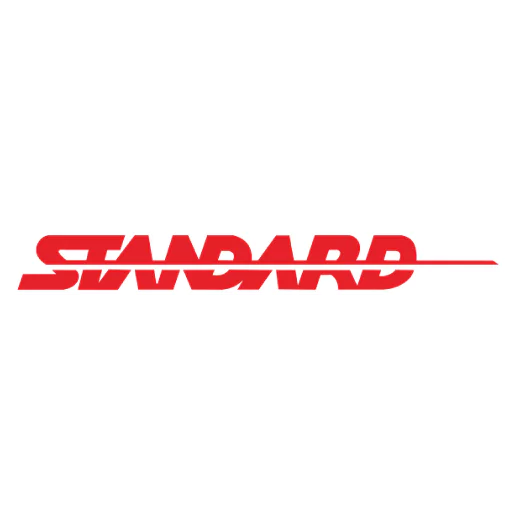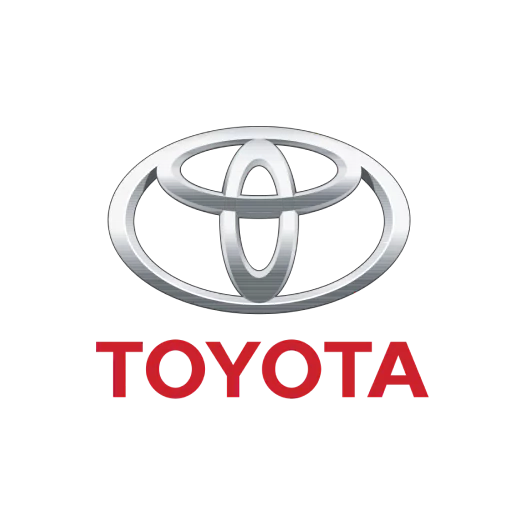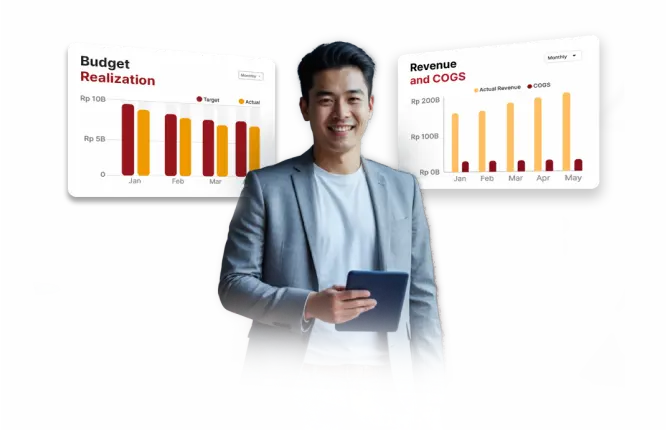The food packaging industry faces rising challenges, from stricter regulations and sustainability demands to shifting consumer expectations. Companies that fail to adapt risk losing relevance, as inefficiency and outdated systems can hinder growth in today’s fast-moving market.
To overcome these challenges, businesses must embrace innovation through automation, smart packaging, and manufacturing software that integrates ERP systems. These solutions enhance efficiency and enable real-time decision-making across every stage of production.
Curious about how technology and sustainability are reshaping the food packaging industry? Read this article to discover key challenges, emerging innovations, and how ERP systems empower companies to stay ahead in a competitive global market.
Key Takeaways
|

What Is the Food Packaging Industry?
The food packaging industry involves designing, producing, and distributing materials that protect food and beverages across the supply chain. Packaging not only contains products but also prevents contamination and provides essential information, such as nutrition labels and expiry dates.
Over time, the industry has evolved from using traditional materials like glass and metal to widely adopting plastics and paper. Today, it is moving toward sustainable innovations, including recyclable, compostable, and even edible materials.
Each packaging decision affects food safety, sustainability, and consumer experience. As a result, companies in this sector must continuously innovate to meet shifting consumer expectations and comply with stringent regulations.
Key Challenges Shaping the Modern Food Packaging Industry
The food packaging industry is facing intense pressure from eco-conscious consumers, strict regulations, and unstable economic conditions. These forces now shape innovation and business strategy, pushing companies to adapt or risk falling behind.
Recognising these issues is the first step toward creating sustainable, practical solutions. Factors like sustainability and cost are deeply interconnected. By addressing their root causes, companies can design packaging that meets standards and adds consumer value.
Below are the key challenges shaping the industry today:
1. Sustainability and environmental pressure
Reducing carbon emissions and plastic waste is the industry’s most pressing concern. Consumers and regulators demand recyclable or biodegradable materials, pushing companies to invest in alternative packaging solutions. Building systems that support a circular economy remains difficult but essential for long-term sustainability.
2. Ensuring food safety and extending shelf life
Packaging must protect food from contamination and preserve freshness. The challenge is creating safe, high-performance barrier materials without harmful chemicals. As demand for fresh, minimally processed foods grows, technologies like active packaging and MAP are becoming increasingly important.
3. Meeting evolving consumer demands
Today’s consumers want convenience, portability, and easy-to-use packaging. Designs must be functional, re-sealable, and visually appealing to enhance the overall product experience. This shift makes packaging a key part of brand identity and consumer engagement.
4. Managing costs and operational efficiency
Rising material, energy, and labor costs make cost control a priority. Companies must streamline production, reduce waste, and increase efficiency through automation and data-driven processes, all while maintaining product quality and safety.
5. Navigating complex regulatory compliance
Strict regulations govern food-contact materials, labelling, and health claims across different markets. Staying compliant requires constant monitoring and accurate documentation. Failure to meet these standards can lead to recalls, penalties, and significant reputational damage.
Breakthrough Innovations as the Answer to Industry Challenges
The food packaging industry is undergoing a rapid wave of innovation driven by rising pressures and advancing technology. Packaging is no longer just a container; it now interacts with the product, the user, and the environment. For industry leaders, embracing these innovations is essential to turning challenges into opportunities.
Breakthroughs from research labs to factory floors are reshaping the industry. These technologies support sustainability, boost food safety, and enhance consumer experience. Below are some of the most influential innovations shaping the future of food packaging:
1. Sustainable packaging materials
Efforts to cut waste are fueling the rise of bioplastics, biodegradable polymers, and recyclable paper-based solutions. Monomaterial packaging is also gaining traction because it simplifies recycling compared to multi-layer plastics, supporting circular economy goals.
2. Active and intelligent packaging
Active packaging extends shelf life by absorbing oxygen, releasing antimicrobials, or managing moisture. Intelligent packaging uses sensors or visual indicators to track freshness, temperature, or quality, giving consumers real-time product information and improving safety.
3. Edible packaging
Edible packaging uses natural ingredients such as seaweed, milk proteins, or fruit extracts to form protective, edible layers. While still emerging, it shows strong potential for products like snacks, ice cream, and instant food components as a zero-waste solution.
4. Automation and robotics in production lines
To improve efficiency, packaging plants are adopting robotics for filling, sealing, and packing tasks. AI-driven vision systems enable real-time quality checks, reducing defects and lowering operational costs while ensuring consistent product quality.
Future Trends in the Food Packaging Industry
The future of food packaging will be driven by digital innovation, stronger sustainability demands, and consumers seeking more personalized experiences. These changes are not minor upgrades; they represent major shifts that will redefine how products, packaging, and consumers interact.
To succeed, businesses must stay flexible, invest in the right technologies, and understand global market dynamics. Trends like personalization, transparent supply chains, and circular systems will unlock new opportunities for differentiation.
Below are the key developments expected to shape the next era of food packaging:
1. Personalization and digital printing
Digital printing enables small-batch, customizable packaging. Brands can launch personalized campaigns, limited editions, or event-specific designs quickly. This enhances consumer engagement, boosts loyalty, and allows companies to respond swiftly to market trends.
2. The rise of the circular economy
Sustainability is shifting toward full circularity, with packaging designed to be reused, refilled, or remanufactured. Returnable packaging models and closed-loop systems will grow, requiring collaboration across suppliers, manufacturers, retailers, and consumers to reduce waste.
3. Integration of AI and Big Data for forecasting
AI and big data will optimize forecasting, design, and production. By analyzing sales patterns and market trends, companies can reduce overstocking, cut costs, and improve design efficiency. This leads to better decision-making and faster responses to market changes.
For more insights, a McKinsey report highlights the significant AI opportunity in the packaging industry.
4. Increased focus on supply chain transparency
Consumers want visibility into product origins and environmental impact. Technologies like QR codes and NFC will allow users to access sourcing, processing, and carbon footprint data instantly, strengthening trust and supporting value-driven purchasing decisions.
How ERP Systems Optimize Operations in the Food Packaging Industry
In a highly competitive and challenging industrial environment, operational efficiency is the key to survival and growth. Manually managing complex processes ranging from raw material procurement, production scheduling, and quality control to inventory management is highly prone to errors and inefficiencies. This is where the role of an Enterprise Resource Planning (ERP) system becomes crucial, serving as the digital backbone that integrates all operational aspects into a single, centralized platform. Such integration is vital for maintaining compliance with standards like those from the Food and Drug Administration (FDA) on food contact substances.
Modern ERP systems designed for manufacturing, such as those offered by HashMicro, provide real-time visibility and complete control over the entire workflow. By automating administrative tasks and providing accurate data for decision-making, these systems enable packaging companies to respond quickly to market changes, manage costs effectively, and ensure compliance with strict quality standards. Implementing an ERP is no longer a luxury but a strategic investment to achieve operational excellence, especially in processes related to manufacturing, inventory, and supply chain management.
Optimize Your Packaging Operations with HashMicro’s Solutions
HashMicro provides an integrated ERP system specifically designed to automate and simplify business processes, including those in the demanding food packaging industry. With a comprehensive solution, companies can overcome challenges such as inefficient production scheduling, inaccurate material tracking, and difficulties in maintaining quality control in real-time. By centralizing operations, businesses can achieve greater visibility and control over their entire production lifecycle.
Through its advanced manufacturing software module, companies can process orders faster, reduce human error, and obtain accurate real-time data. The system is equipped with features for automated production planning, quality control checkpoints, and direct integration with inventory and accounting modules to ensure every transaction is recorded properly. This ensures that operations run smoothly and efficiently from start to finish.
HashMicro’s system is designed with full integration between modules, allowing data from various departments such as accounting, inventory, procurement, and sales to be interconnected. This provides better visibility into the entire business operation and ensures that every decision is based on accurate and up-to-date information. This holistic view is critical for strategic planning and maintaining a competitive edge in the market.
Features of HashMicro’s Manufacturing Software:
- Manufacturing Production Scheduling: Helps create production schedules based on demand data and factory capacity, ensuring a more organized and efficient production process.
- Bill of Materials (BOM) Management: Manages recipes or material compositions in a structured manner, ensuring product quality standards are maintained in every production batch.
- Manufacturing Quality Control: Provides a comprehensive quality control system at every stage, so that the resulting products consistently meet safety and quality standards.
- Machine Maintenance Management: Schedules automated machine maintenance to prevent downtime and keep productivity high, ensuring equipment is always in optimal condition.
- Real-Time Production Dashboard: Offers a visual display and real-time data to help managers make faster and more accurate decisions based on current production performance.
With HashMicro, your company can enhance operational efficiency, data transparency, and business process automation. To see how our solutions can concretely help your business, do not hesitate to try the free demo now.
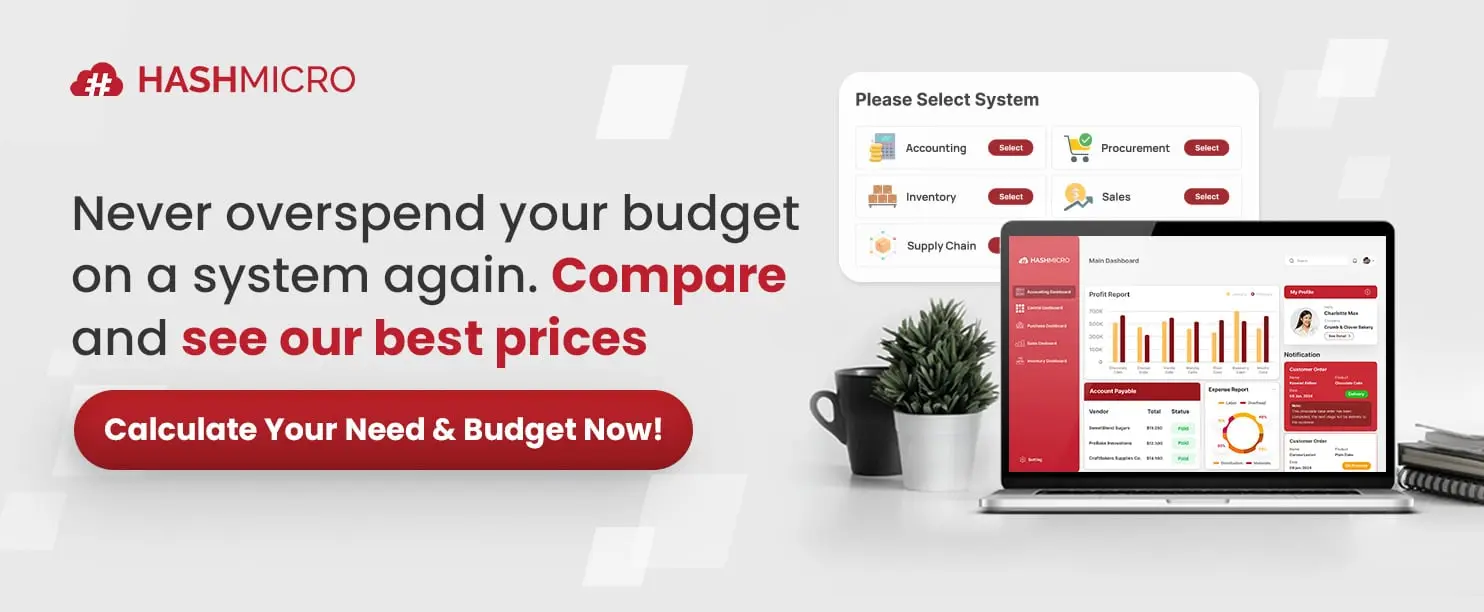
Conclusion
The food packaging industry is evolving rapidly, driven by sustainability goals, safety standards, and changing consumer needs. To stay competitive, companies must adopt smarter, more efficient systems that integrate every aspect of their operations seamlessly.
To address these challenges, HashMicro provides advanced manufacturing software designed to automate processes, improve quality control, and optimize production. With integrated ERP features, businesses can achieve real-time visibility and greater operational efficiency.
Ready to transform your packaging operations? Try HashMicro’s manufacturing software demo for free and experience how automation and integration can simplify your workflow and boost productivity from start to finish.
FAQ
-
What are the main functions of food packaging?
The main functions are to protect the product from contamination, preserve its freshness and extend shelf life, provide important information to consumers, and act as a marketing tool.
-
Why is sustainability a significant challenge in the food packaging industry?
Sustainability is challenged by the heavy reliance on single-use plastics, which contribute to environmental pollution. The industry is under pressure to shift to recyclable, biodegradable, or reusable materials without significantly compromising food safety or increasing costs.
-
What is innovative packaging?
Innovative packaging, also known as intelligent packaging, incorporates technologies such as sensors and indicators to monitor a product’s condition, such as freshness or temperature, and communicate this information to consumers.






